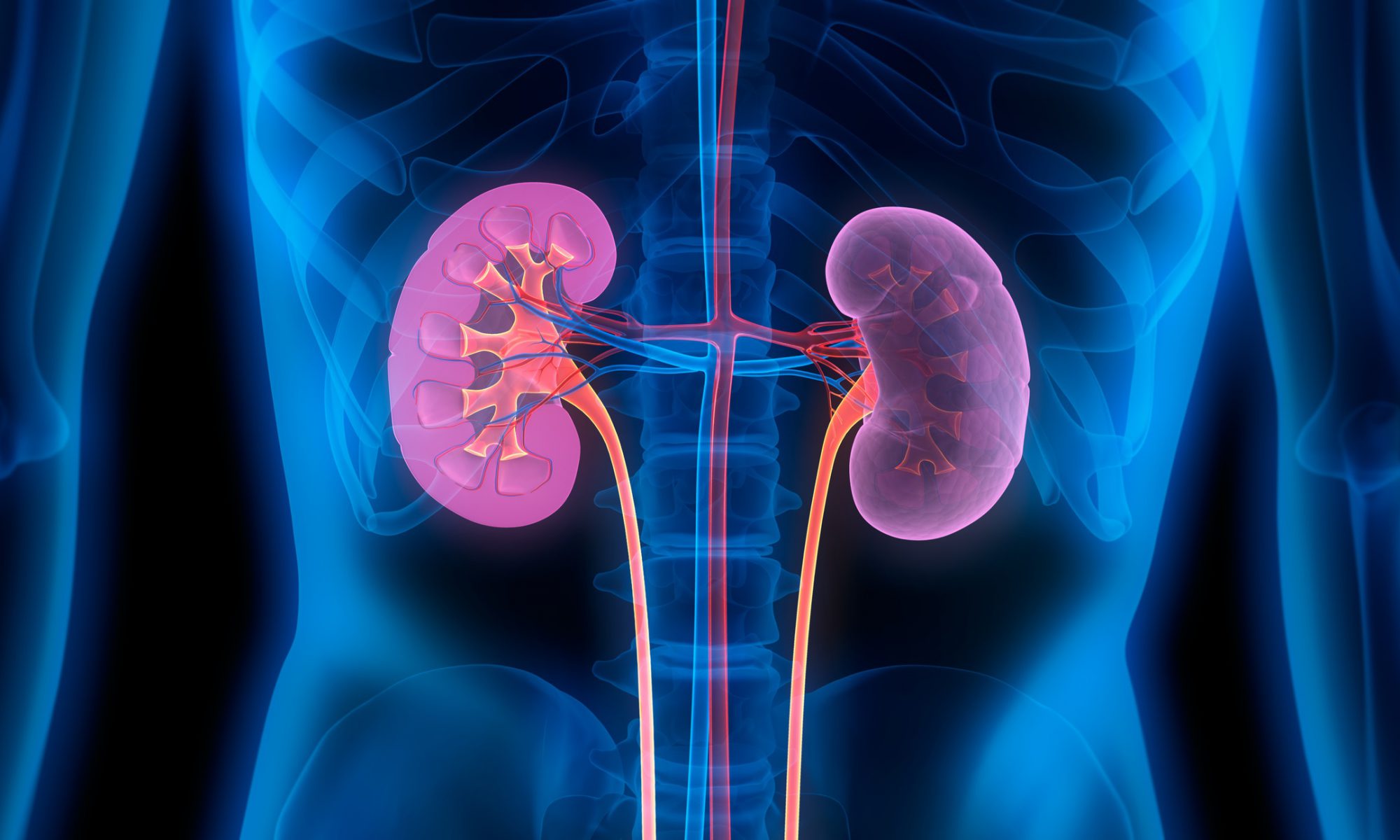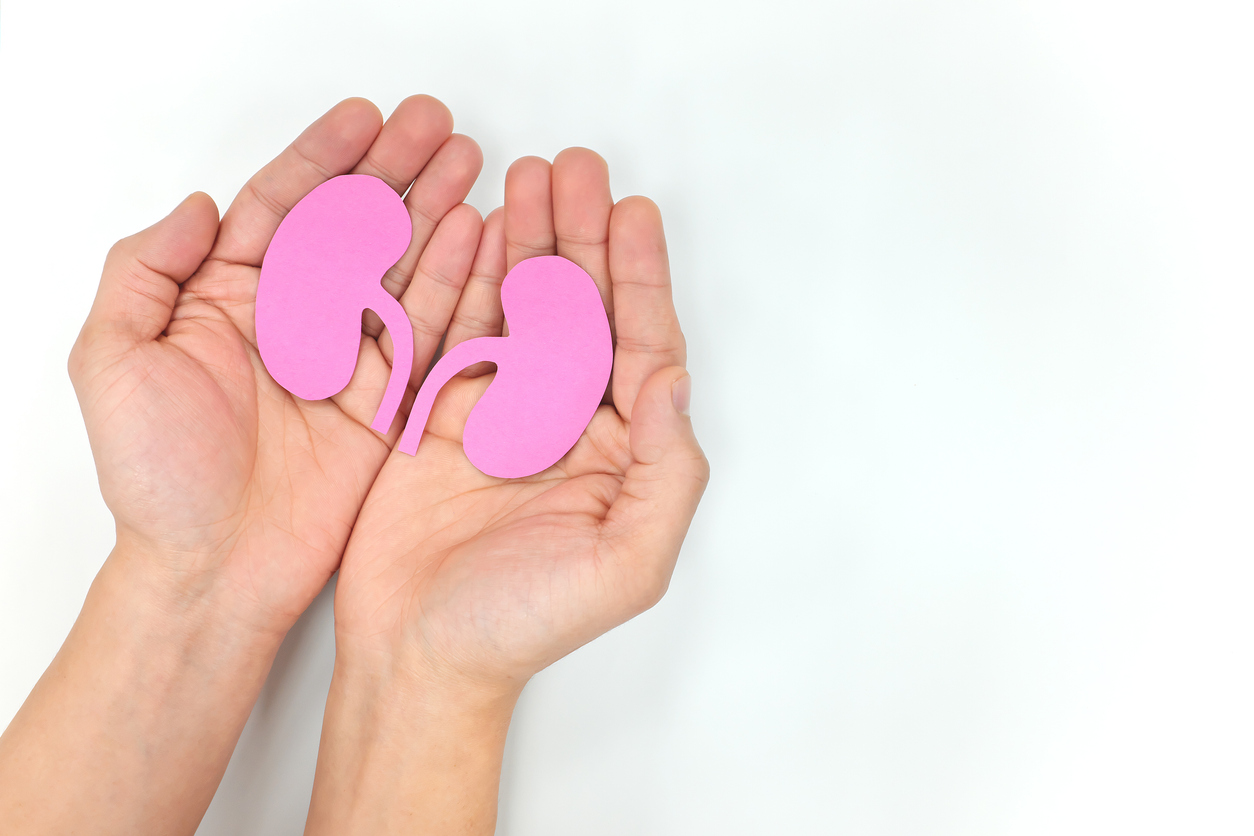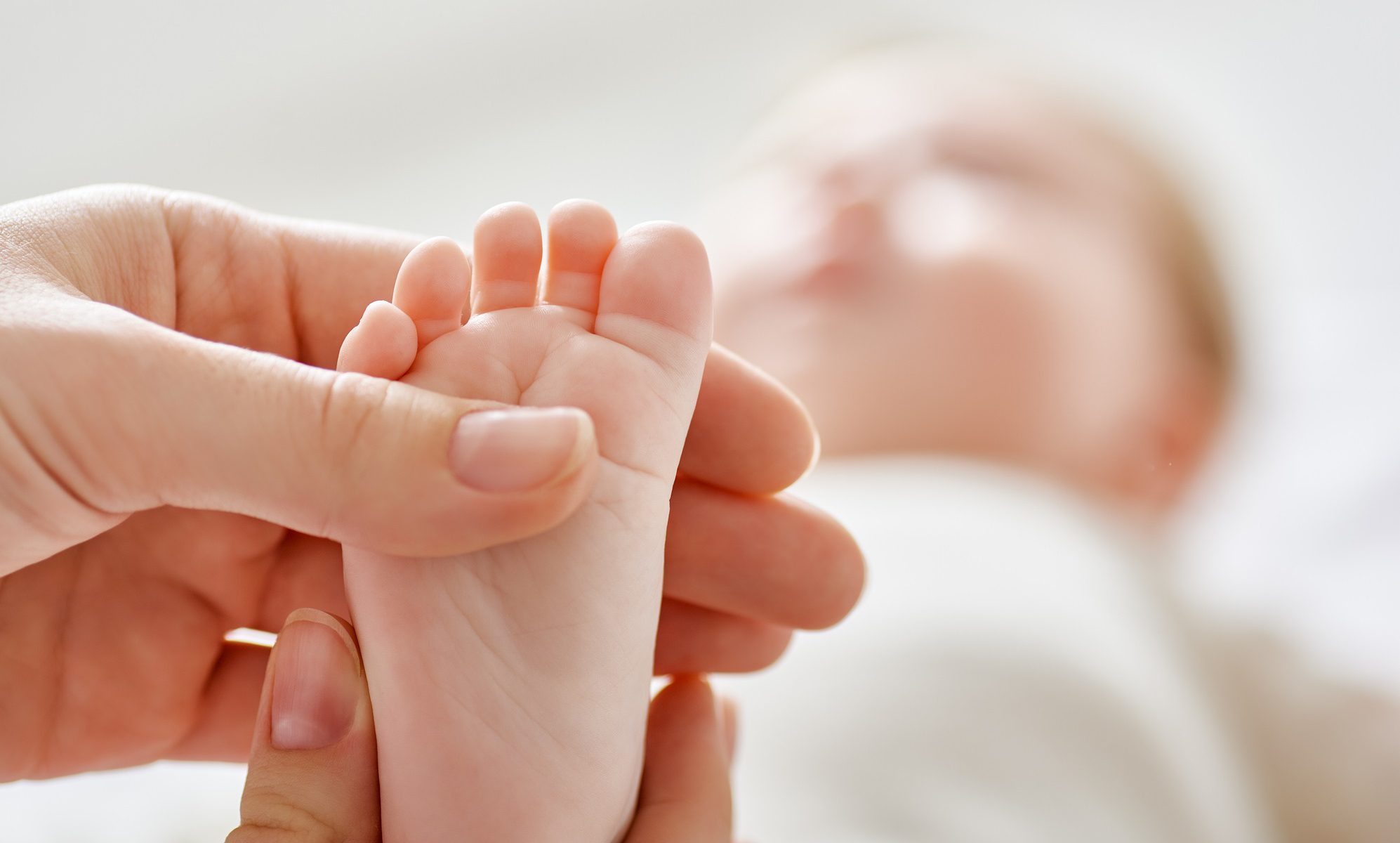Transplanting kidneys from donors who have the hepatitis C virus into patients who are HCV-negative is not associated with increased risk for early graft failure, according to a presentation at the American Transplant Congress.
“With the excellent outcomes of the new therapy of hepatitis in the last few years, we intend to examine the kidney transplant outcomes using kidneys from donors with hepatitis C,” Tarek Alhamad, MD, MS, the medical director of kidney transplantation at Washington University, told Healio. Read more in Healio.






